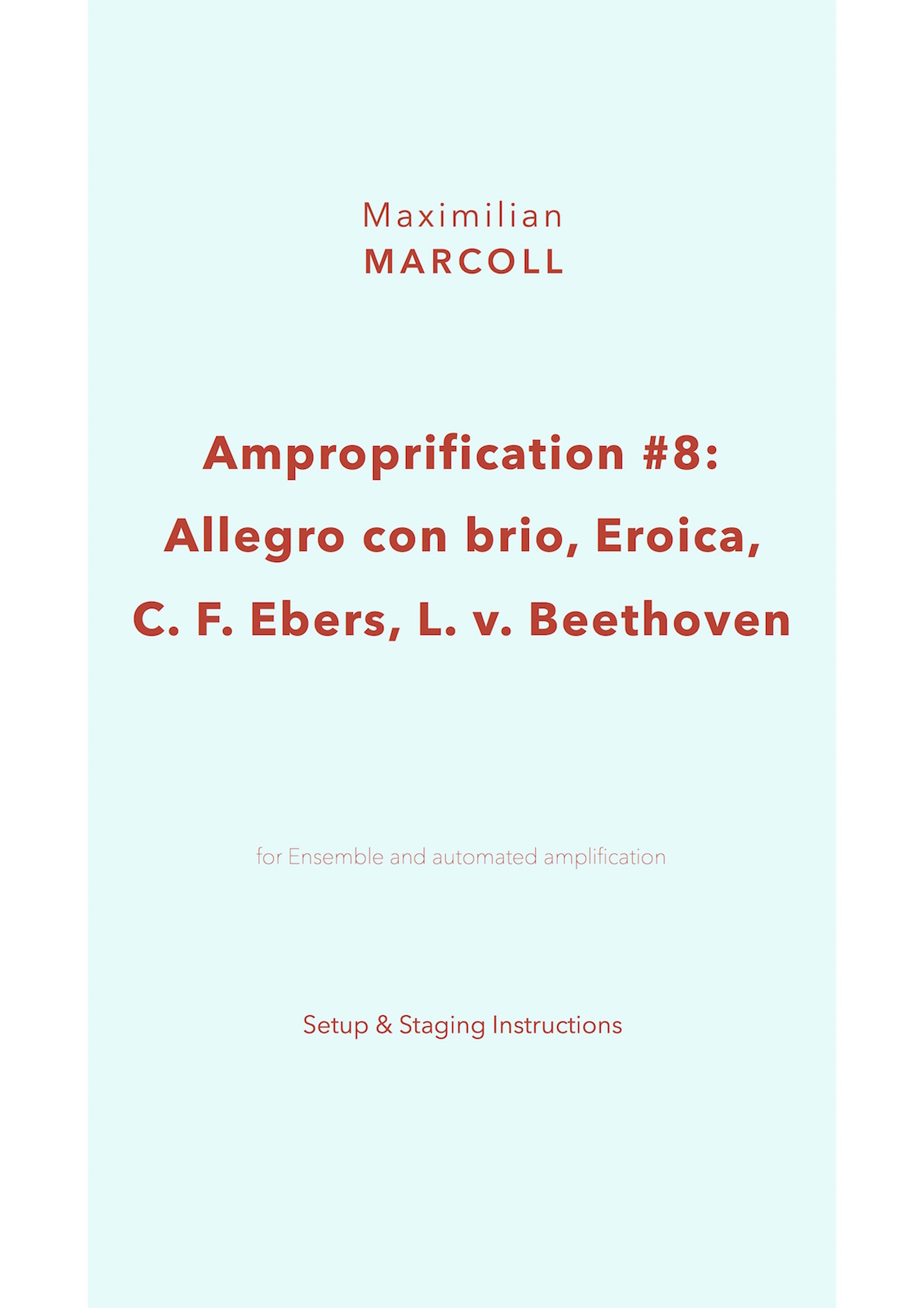Visualisations:
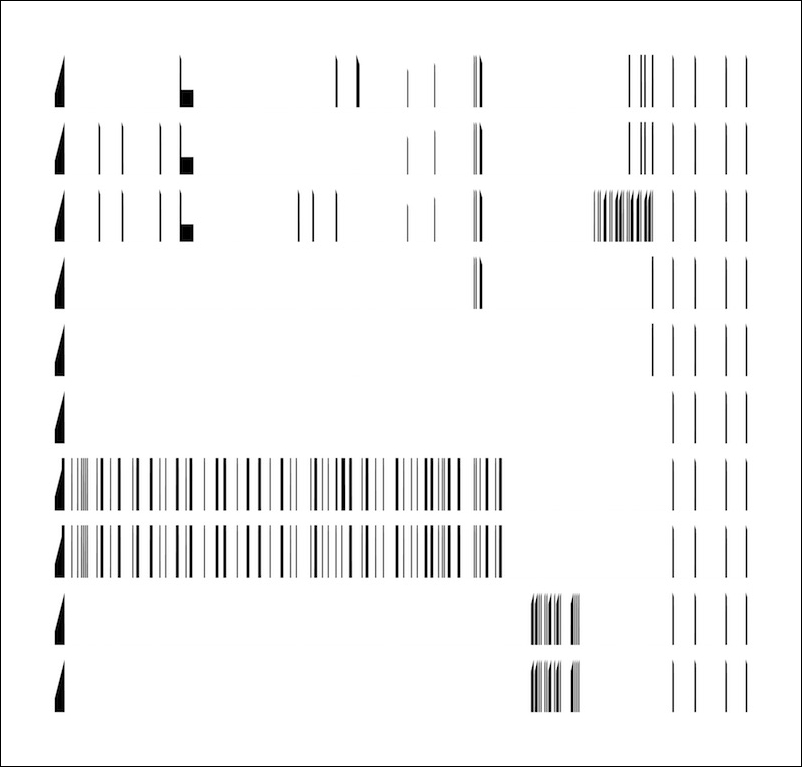
Amproprification#8.1-3o3-RC04-Eroica-Beethoven
2018, acrylic lamination, 30 x 28 cm
miniature/excerpt, reduced ratio (1 cm/s)
edition of 15, price on request
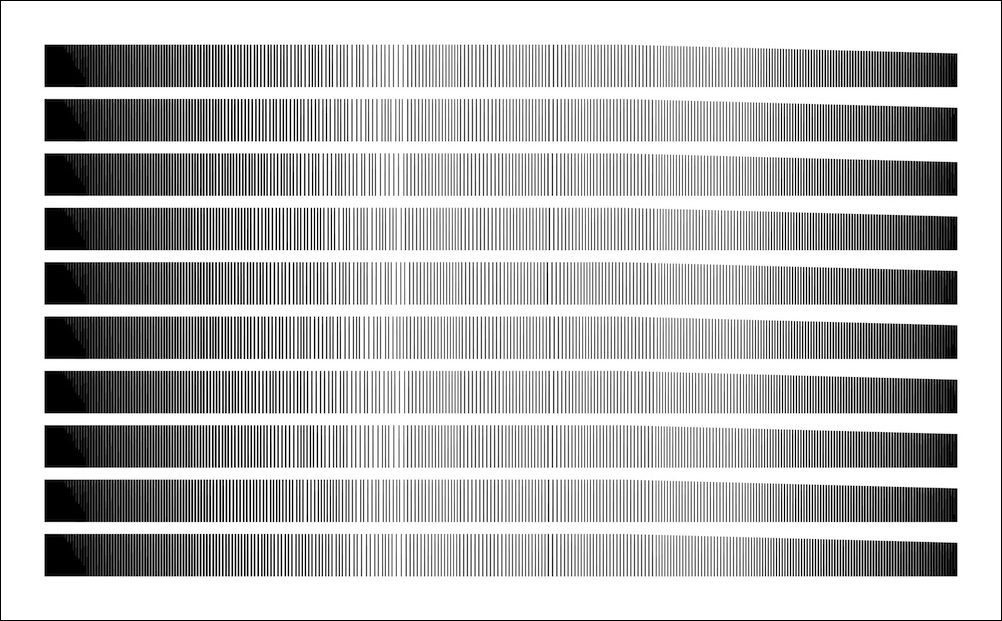
Amproprification#8.1-3o3-RC03-Eroica-Beethoven
2018, acrylic lamination, 46 x 29 cm
miniature/excerpt, reduced ratio (1 cm/s)
edition of 15, price on request
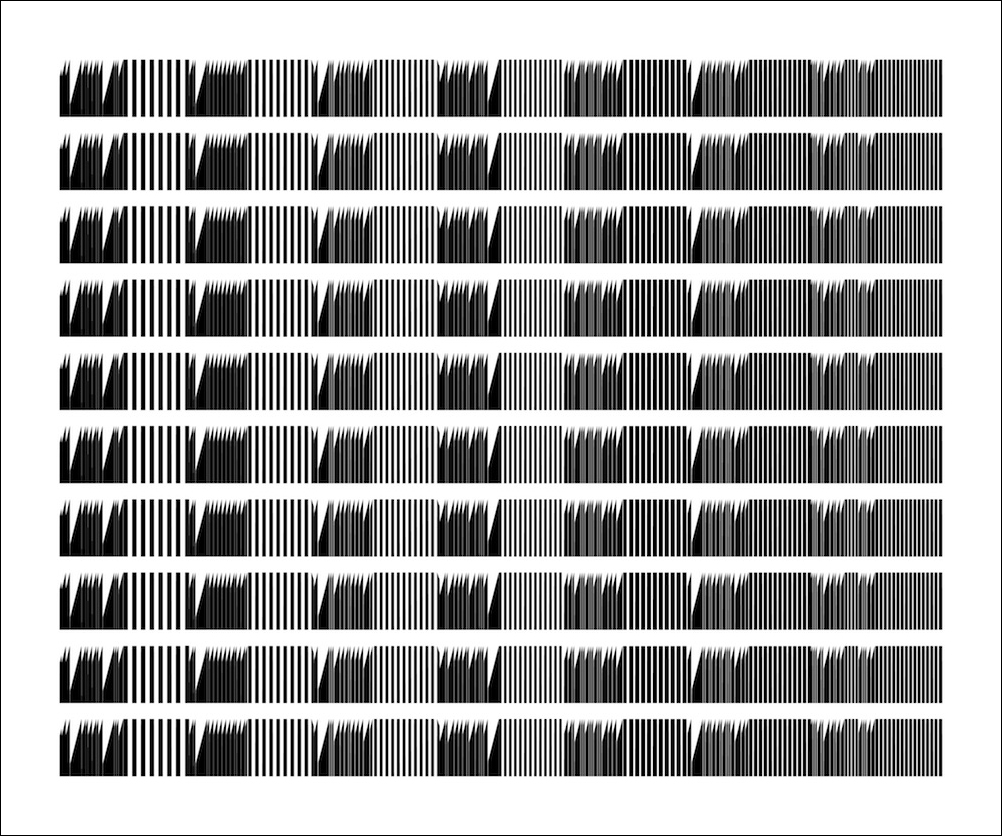
Amproprification#8.1-3o3-RC02-Eroica-Beethoven
2018, acrylic lamination, 34 x 28 cm
miniature/excerpt, reduced ratio (1 cm/s)
edition of 15, price on request
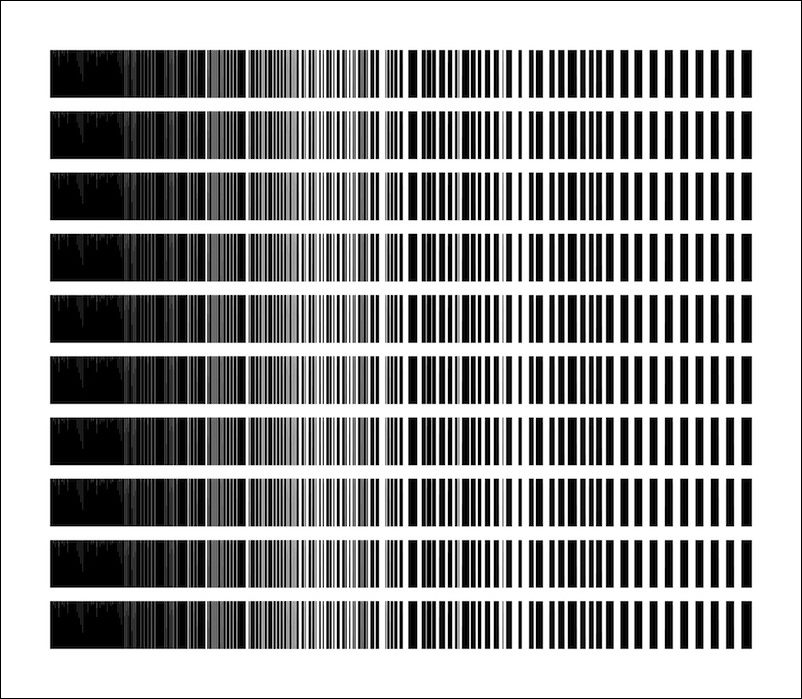
Amproprification#8.1-3o3-RC01-Eroica-Beethoven
2018, acrylic lamination, 33 x 28 cm
miniature/excerpt, reduced ratio (1 cm/s)
edition of 15, price on request
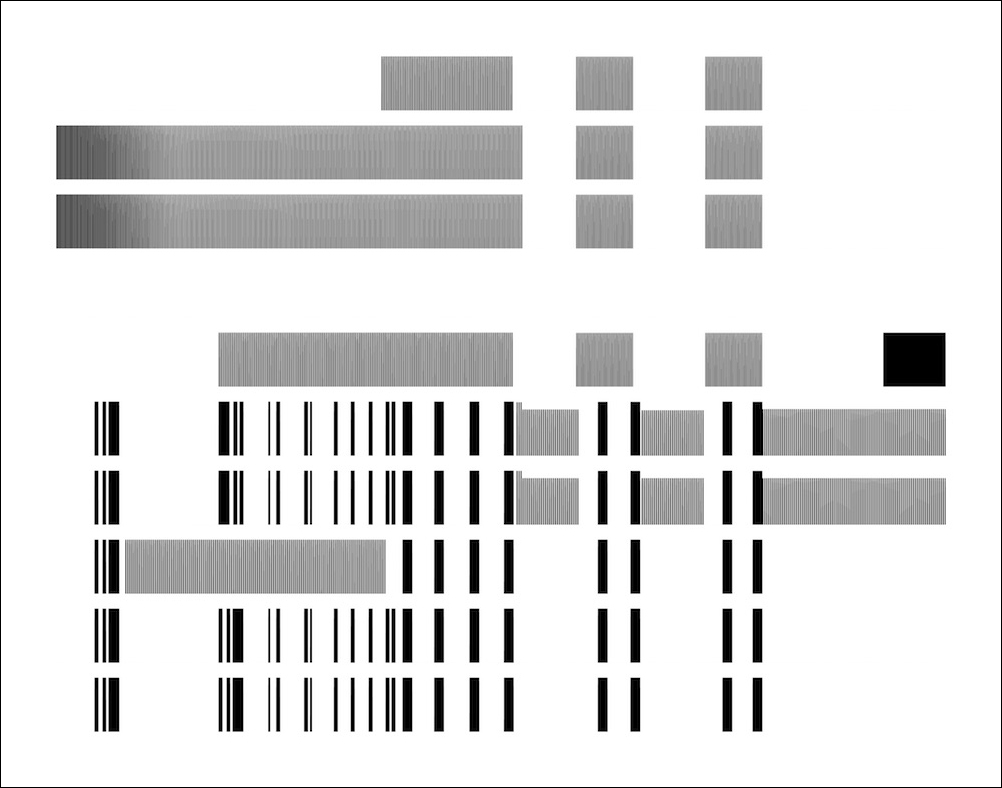
Amproprification#8.1-2o3-DF03-Eroica-Beethoven
2018, acrylic lamination, 36 x 28 cm
miniature/excerpt, reduced ratio (1 cm/s)
edition of 15, price on request
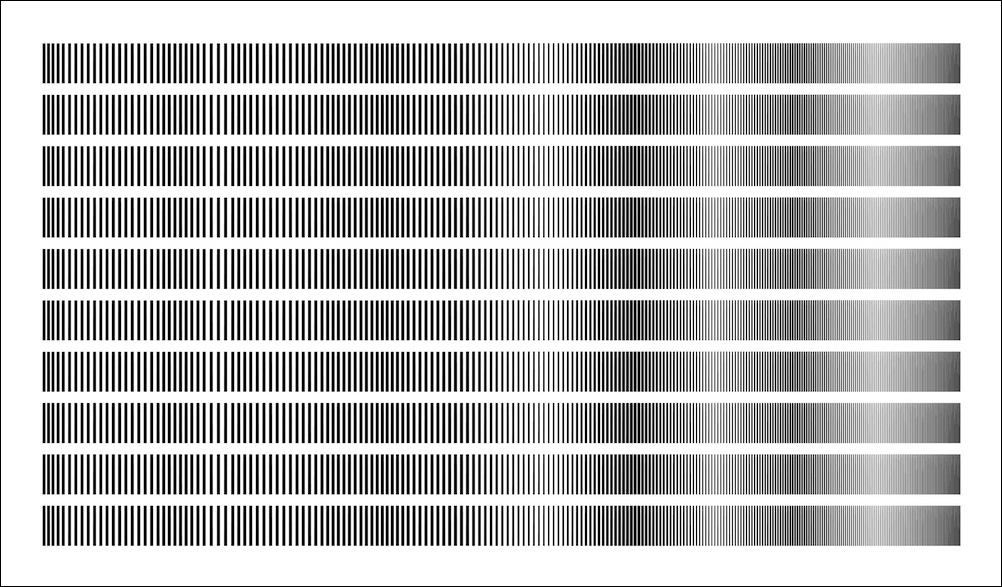
Amproprification#8.1-2o3-DF02-Eroica-Beethoven
2018, acrylic lamination, 49 x 28 cm
miniature/excerpt, reduced ratio (1 cm/s)
edition of 15, price on request

Amproprification#8.1-2o3-DF01-Eroica-Beethoven
2018, acrylic lamination, 30 x 28 cm
miniature/excerpt, reduced ratio (1 cm/s)
edition of 15, price on request

Amproprification#8.1-1o3-Exp01-Eroica-Beethoven
2018, acrylic lamination, 40 x 29 cm
miniature/excerpt, reduced ratio (1 cm/s)
edition of 15, price on request

Amproprification #8.1.1: EROICA, C.F.Ebers, L.v.Beethoven
2018, open surface, 355 x 128 cm
default ratio (2cm/s)
edition of 9, price on request
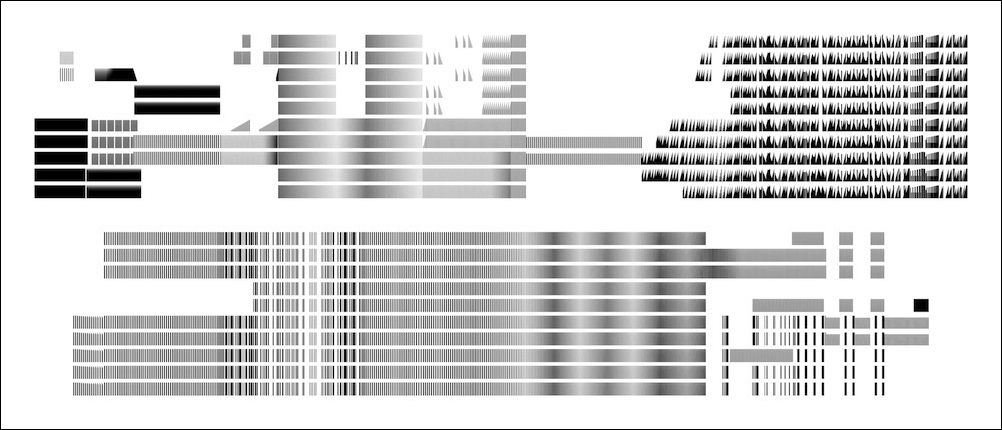
Amproprification #8.1.2: EROICA, C.F.Ebers, L.v.Beethoven
2018, open surface, 299 x 128 cm
default ratio (2cm/s)
edition of 9, price on request
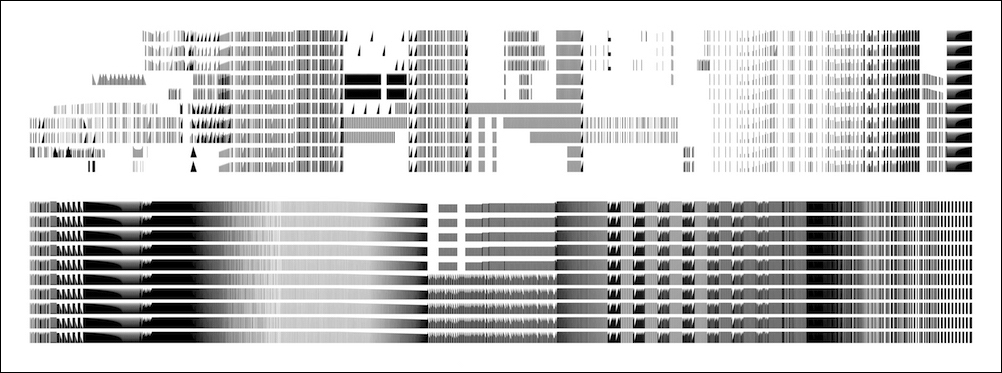
Amproprification #8.1.3: EROICA, C.F.Ebers, L.v.Beethoven
2018, open surface, 346 x 128 cm
default ratio (2cm/s)
edition of 9, price on request
